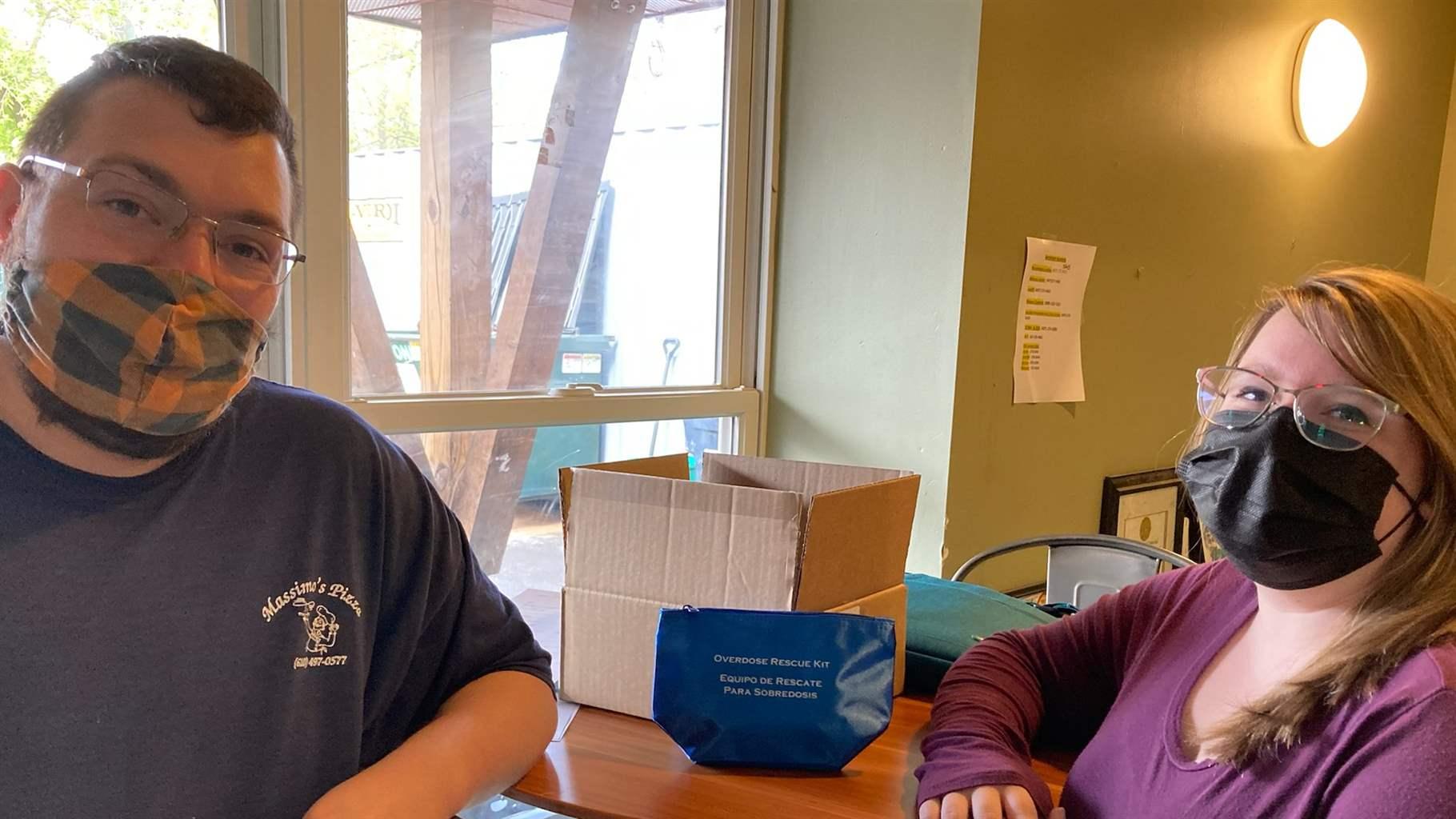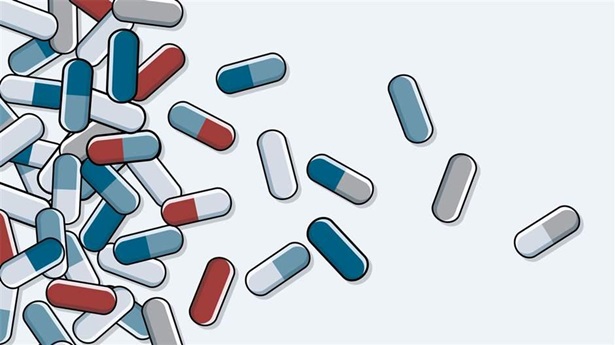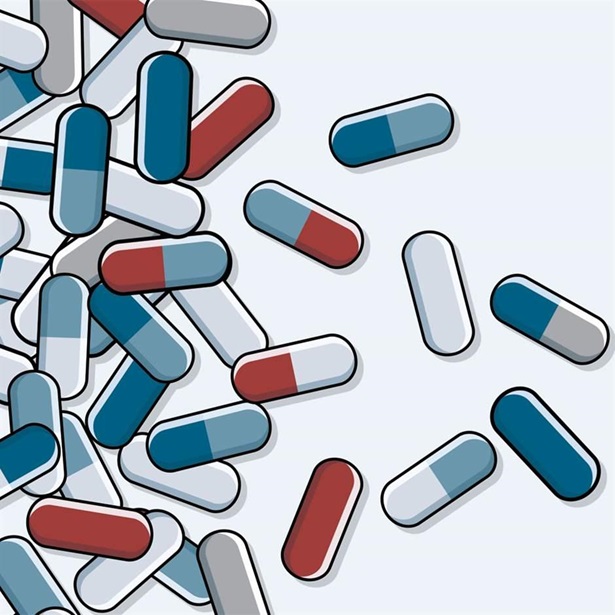New York Initiative Reduces Barriers to Opioid Use Disorder Treatment
Ithaca-based program to evaluate components of its comprehensive service delivery model

State and local leaders can better invest in evidence-based programs to address opioid use disorder (OUD) when they understand how to most effectively prevent overdose deaths, provide treatment, and ensure that communities have the resources they need. Amid an ongoing national opioid overdose crisis made worse by the COVID-19 pandemic, many community initiatives are working to limit overdoses and save lives.
The substance use prevention and treatment initiative of The Pew Charitable Trusts is supporting six such initiatives over the next two years in a partnership focused on helping them evaluate their programs and encouraging broader adoption of successful, innovative models.
This profile is part of a series.
REACH delivers high-quality, stigma-free health care
The REACH Project Inc. is a licensed treatment provider based in Ithaca, New York, whose name is an acronym for Respectful, Equitable Access to Compassionate Healthcare. The program aims to build health equity in the state’s southern tier by providing access to high-quality, evidence-based, and stigma-free health care to commonly marginalized populations, such as people who use drugs or those experiencing homelessness.
Since opening in 2018, REACH Medical, an independent practice owned and operated by the project, has cared for more than 2,000 patients across 40 counties. More than 1,500 individuals have received medication for opioid use disorder (MOUD), with a 75% rate of retention in treatment over six months.
The practice focuses on providing low-threshold treatment, which reduces barriers to care by providing flexible, nonstigmatizing, and convenient services. REACH staff members work to integrate MOUD treatment, including buprenorphine prescriptions, with comprehensive primary care and behavioral health services. They also provide training in the use of naloxone and can distribute the opioid overdose reversal medication. In addition, they provide hepatitis C and HIV testing and treatment and COVID-19 testing and vaccination.
Under this model, patients can access OUD treatment with minimal barriers while interacting with staff members trained in harm reduction methodologies. These approaches are intended to minimize the negative health impacts associated with drug use while expanding access to evidence-based treatment with MOUD. REACH patients have flexibility in their treatment scheduling and are not required to participate in counseling.
Evaluating service delivery model components
REACH’s research department is partnering with Dr. Czarina Behrends of Weill Cornell Medical College in New York City to evaluate three components of the program’s service delivery model: low-threshold MOUD treatment, use of telemedicine, and effectiveness of outreach efforts. The evaluation will measure rates of treatment retention and health care utilization in clinical settings and research studies to allow for comparison to other programs. It will also include a patient questionnaire to consider nonstandard measures—such as quality of life and perceived stigma in health care settings—to assess more general social improvements. Such metrics are often collected in research on people who use drugs, but not in traditional evaluations of OUD treatment programs, despite being valuable indicators of overall improvement.
The evaluators hope to redefine how success in treating substance use disorder is measured and analyze how well REACH helps patients set and achieve their own goals. The tools they plan to use will gather data on patient-reported outcomes, as well as social determinants of health and quality of life. Analyzing this information will inform the framework for assessing the program, which could bring key insights into the impact of REACH’s medical practice model. Evaluators plan to produce guidance on how to deliver this type of care to communities nationwide facing similar challenges.
The evaluation project will run through 2022. Dissemination of results will follow.
For more on this initiative please contact Leslie Paulson, [email protected].
Beth Connolly is the project director and Leslie Paulson is an officer with The Pew Charitable Trusts’ substance use prevention and treatment initiative.













